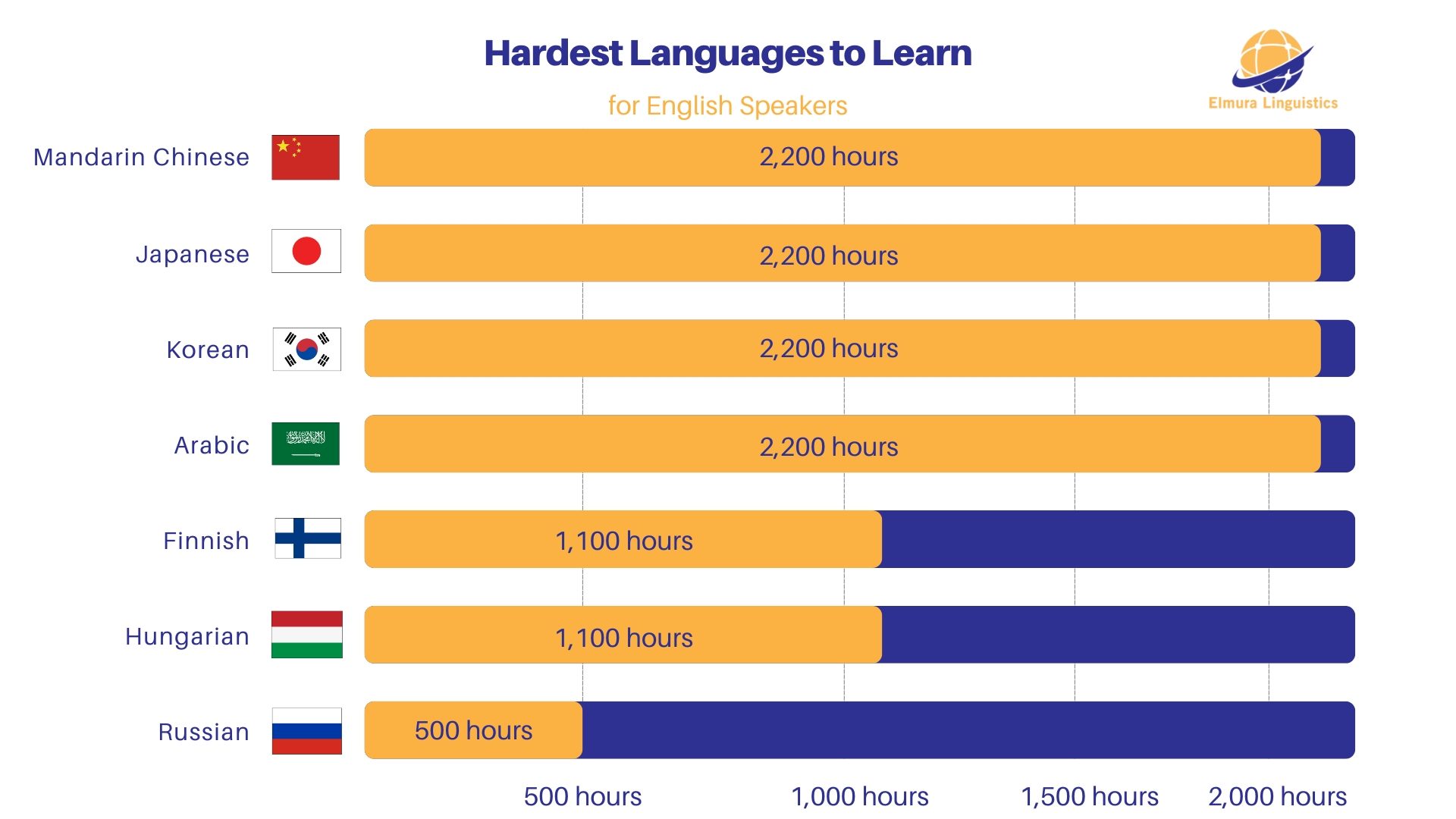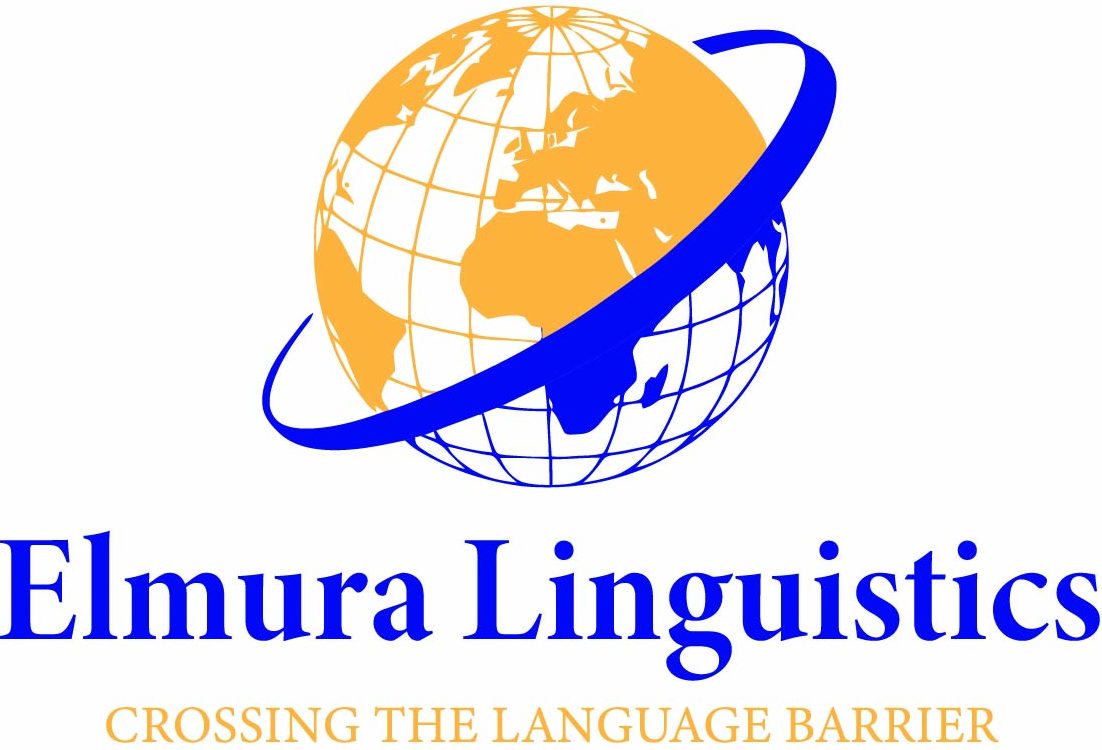Learning a new language can be a rewarding challenge. However, not all languages are equally difficult for English speakers to master. Factors like grammar complexity, writing systems, and pronunciation play significant roles.
Understanding these challenges can help learners set realistic goals and expectations. Let’s check out the most difficult languages today.
Table of Contents
ToggleFactors Influencing Language Difficulty

Many aspects affect how hard a language is to learn. First, grammar complexity plays a big role. Languages with many rules and exceptions may be harder for beginners. Vocabulary is another factor. If a language shares few words with English, memorizing new terms can be a struggle.
The writing system also matters. For instance, when you wonder, “What is the hardest language to learn,” languages with unfamiliar scripts add extra work.
Pronunciation and sounds not found in English add further challenges. Cultural context also influences learning through idioms and expressions. Research shows that languages requiring over 2,000 study hours, such as Korean and Mandarin, are often seen as tougher.
Many learners ask themselves, “what is the hardest language to learn” when they face these hurdles. Regular practice and proper planning can help make the process more manageable.
The Role of Linguistic Distance in Language Learning

Linguistic distance measures the difference between your native language and the target language. When you compare languages, you might ask what is the hardest language to learn if the language is very different from English.
Languages with similar alphabets and grammar are generally easier to learn. In contrast, those with completely different structures require more effort.
Studies indicate that greater linguistic distance means more study time is needed, sometimes over 2,200 hours. Immersion and access to quality learning materials can help bridge this gap. Recognizing linguistic distance is a useful step when asking what is the hardest language to learn for your personal situation.
What is the Hardest Language to Learn – Breakdown
Below we break down several languages often considered very challenging for English speakers. This section addresses the question, “what is the hardest language to learn” by examining each language separately.

1. Mandarin Chinese
Mandarin Chinese is noted for its four to five tones and a logographic writing system. Learners must study thousands of characters. Experts suggest that reaching proficiency may take about 2,200 study hours.
2. Arabic
Arabic is written right to left with a unique script and multiple dialects. Its grammar and pronunciation pose challenges. Proficiency often requires around 2,200 hours.
3. Japanese
Japanese uses three writing systems: Kanji, Hiragana, and Katakana. The language includes various speech levels and honorifics. Mastering Japanese takes roughly 2,200 hours of study, placing it among the languages many wonder about regarding difficulty.
4. Korean
Korean uses the logical Hangul alphabet. However, its grammar and honorific system differ greatly from English. It is estimated that achieving fluency in Korean takes about 2,200 hours, which many learners consider it the hardest language to learn.
5. Russian
Russian uses the Cyrillic alphabet and features complex grammar with multiple cases. It is estimated that Russian might require around 500 study hours, making it challenging yet slightly less demanding than the languages above.
6. Finnish
Finnish has a vocabulary and grammar structure that are very different from English. Its numerous cases and agglutinative nature can be hard to master. Experts suggest that learning Finnish might take around 1,100 hours.
7. Hungarian
Hungarian is known for its unique vocabulary and complex grammatical structure. With many cases and a distinct sentence structure, it may also require approximately 1,100 study hours to become proficient.
Challenges Faced by English Speakers

English speakers encounter several challenges when learning a new language. Differences in grammar and sentence structure can make it difficult to adjust. Unfamiliar sounds and new writing systems are additional obstacles. For example, a language with a non-Latin script may force learners to start from scratch.
Many students wonder “what is the hardest language to learn” as they confront these issues. The lack of shared vocabulary and idioms adds to the struggle.
Access to quality resources and practice partners also plays a role. Recognizing these challenges can help learners set realistic goals and work on overcoming specific hurdles.
Tips for Learning Difficult Languages

When tackling a challenging language, clear goals and steady practice are key. Set up a daily study routine that covers reading, writing, listening, and speaking.
According to many language forums, regular immersion and practice can cut down the time needed to learn a language. Tracking your progress with a journal or app is also useful. This advice can help answer your question about “what is the hardest language to learn” by providing practical methods to tackle tough languages.
If you need help with official documents, translations, or interpretation while learning a challenging language, Elmura Linguistics is here to support you. We offer professional translation and interpretation services for visas, academic documents, and other official paperwork.
Accurate translations can ease the process of applying for study permits and help you focus on learning. Get a free quote today and learn more about our services and see how we can help streamline your journey.
Conclusion
Learning a new language is a tough but rewarding journey. The factors discussed show why some languages are more demanding than others. Whether you choose Mandarin, Arabic, Japanese, or another challenging language, steady practice and quality resources make a big difference.
Use the tips provided here to plan your study routine and overcome obstacles along the way. With dedication and support, you will progress step by step.





